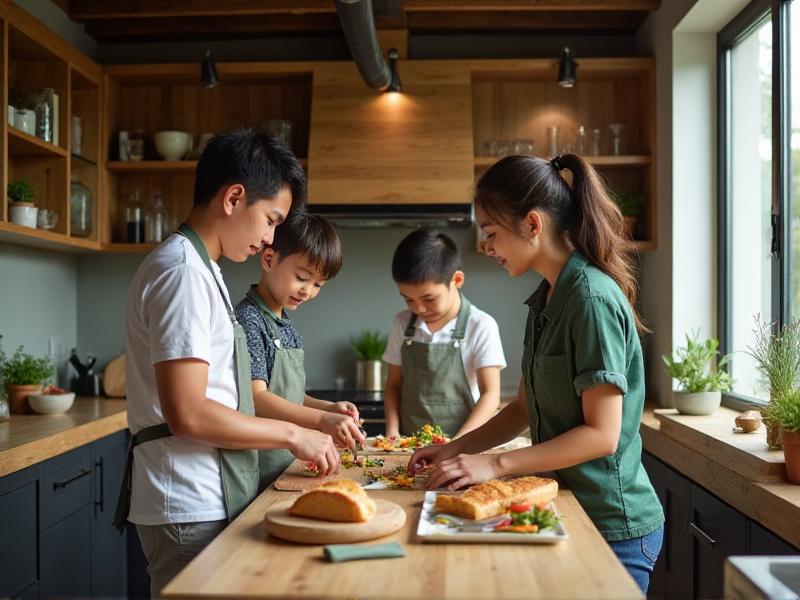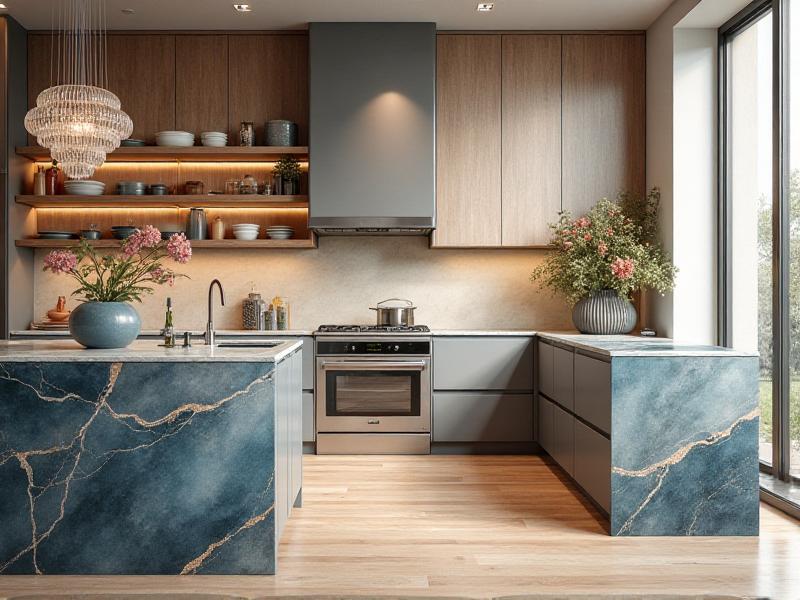Introduction to Kitchen Cabinet Styles and Materials

When it comes to designing or renovating a kitchen, one of the most critical decisions you'll make is choosing the right cabinets. Cabinets not only provide essential storage but also set the tone for the entire kitchen's aesthetic. With so many styles, materials, and finishes available, the options can feel overwhelming. This guide will walk you through everything you need to know about kitchen cabinet styles and materials, helping you make informed decisions that align with your taste, budget, and lifestyle.
Understanding Kitchen Cabinet Styles
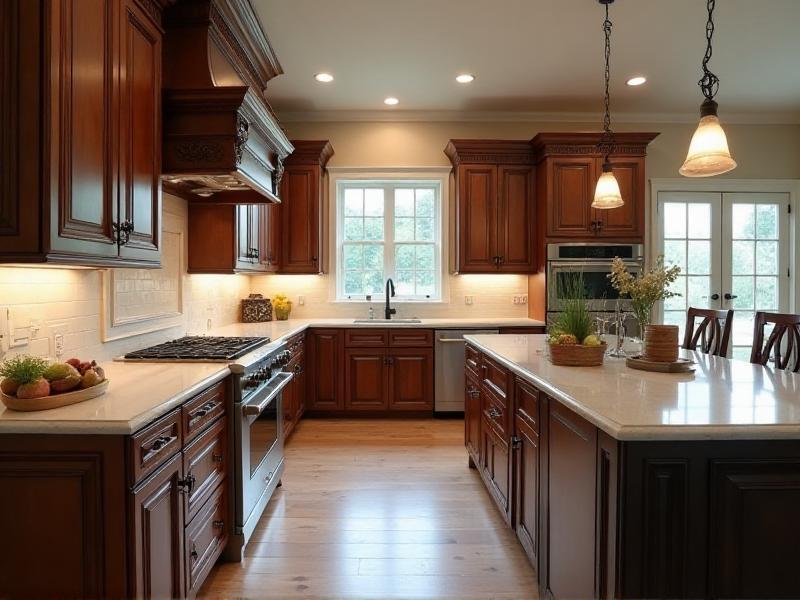
Kitchen cabinet styles can be broadly categorized into traditional, modern, transitional, and rustic. Traditional styles often feature intricate details like raised panel doors, ornate moldings, and rich wood finishes. Modern cabinets, on the other hand, are characterized by sleek lines, minimal hardware, and a focus on functionality. Transitional styles blend elements of both traditional and modern designs, offering a balanced look. Rustic cabinets bring a cozy, natural feel with distressed finishes and natural wood grains. Understanding these styles is the first step in narrowing down your choices.
Popular Cabinet Door Styles
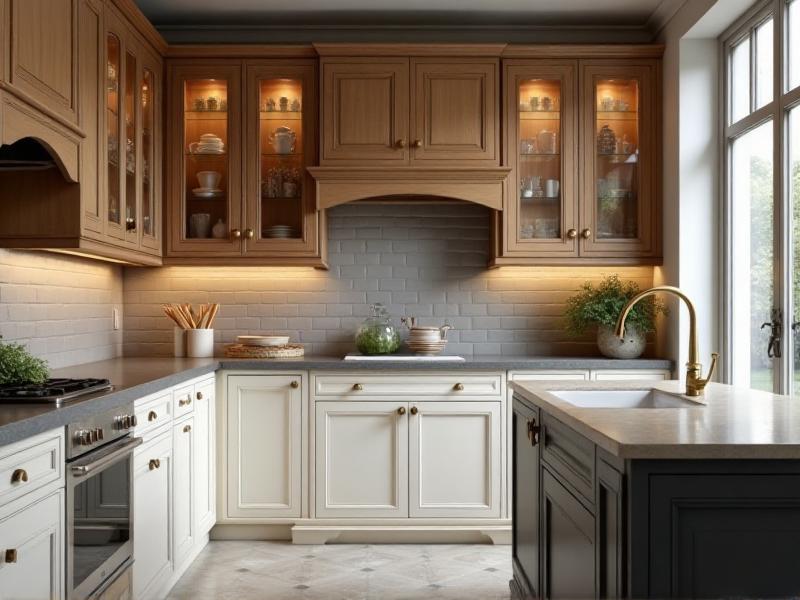
The door style of your cabinets plays a significant role in defining the overall look of your kitchen. Some popular options include Shaker, flat-panel, raised-panel, and glass-front doors. Shaker doors are timeless and versatile, featuring a simple frame with a recessed center panel. Flat-panel doors are sleek and modern, often used in contemporary kitchens. Raised-panel doors add depth and dimension, making them a favorite in traditional designs. Glass-front doors can open up a space and allow you to display decorative items or dishware. Each style has its unique charm and functionality.
Choosing the Right Cabinet Materials
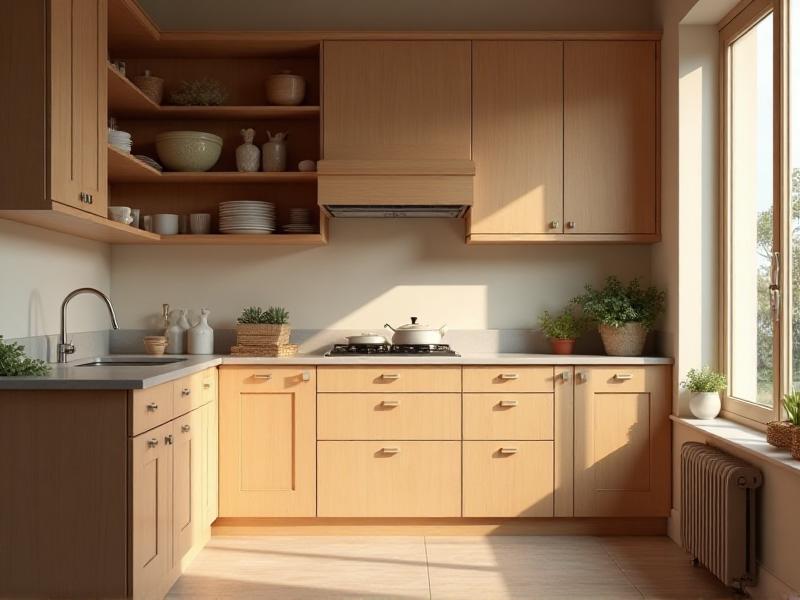
The material of your cabinets affects not only their appearance but also their durability and maintenance requirements. Common materials include solid wood, plywood, MDF, and particleboard. Solid wood is highly durable and offers a classic look but can be expensive. Plywood is a more affordable alternative that still provides strength and stability. MDF (medium-density fiberboard) is smooth and easy to paint, making it ideal for modern designs. Particleboard is the most budget-friendly option but may not hold up as well over time. Consider your priorities—whether it's aesthetics, durability, or cost—when selecting materials.
Exploring Cabinet Finishes
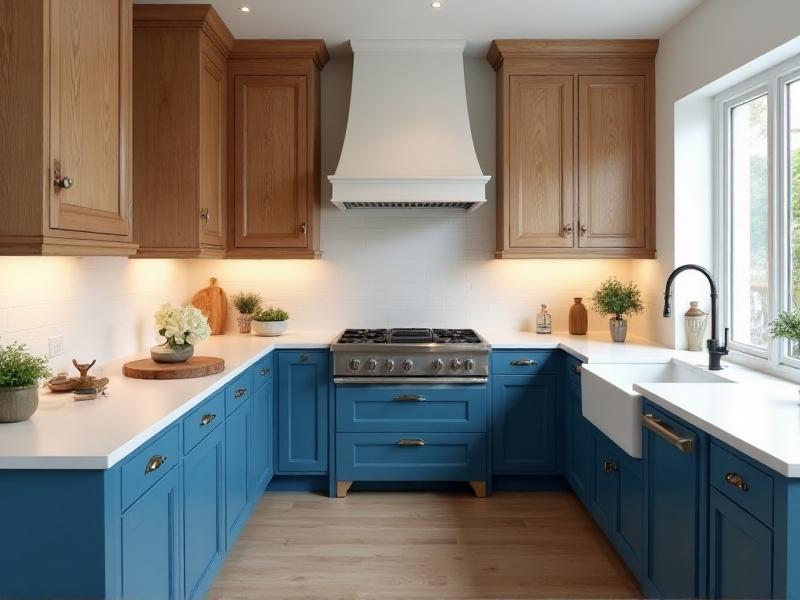
Cabinet finishes can dramatically alter the look and feel of your kitchen. Options range from natural wood stains to painted finishes and laminates. Stained finishes highlight the natural grain of the wood, adding warmth and character. Painted finishes offer endless color possibilities, allowing you to match or contrast with your kitchen's overall theme. Laminates are durable and easy to clean, making them a practical choice for busy households. Glossy finishes can create a sleek, modern look, while matte finishes provide a more subdued, elegant appearance. The right finish can elevate your cabinets and tie the entire kitchen together.
Hardware and Accessories
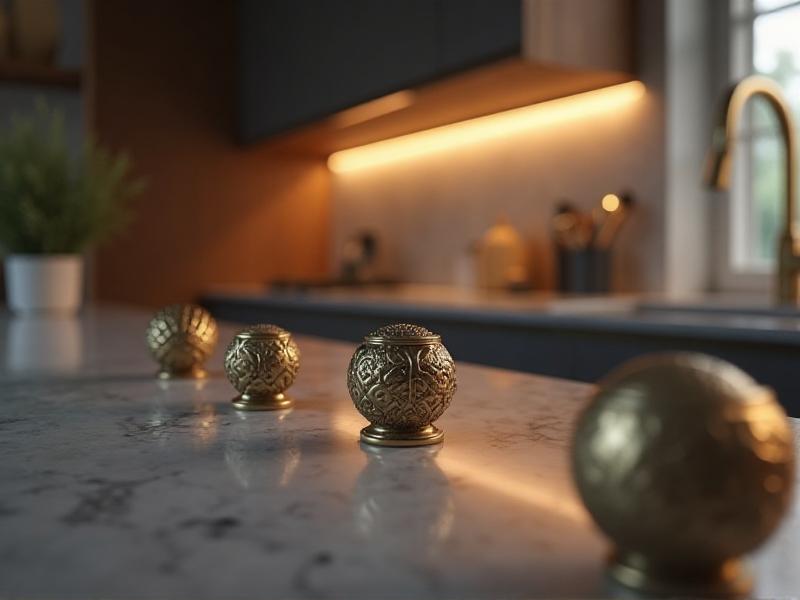
Cabinet hardware and accessories are the finishing touches that can make or break your kitchen design. Knobs, pulls, and handles come in a variety of styles, materials, and finishes, from classic brass to modern stainless steel. The right hardware can enhance the overall aesthetic and improve functionality. Additionally, consider incorporating accessories like pull-out shelves, lazy Susans, and soft-close hinges to maximize storage and convenience. These small details can have a big impact on the usability and appeal of your kitchen.
Custom vs. Stock Cabinets
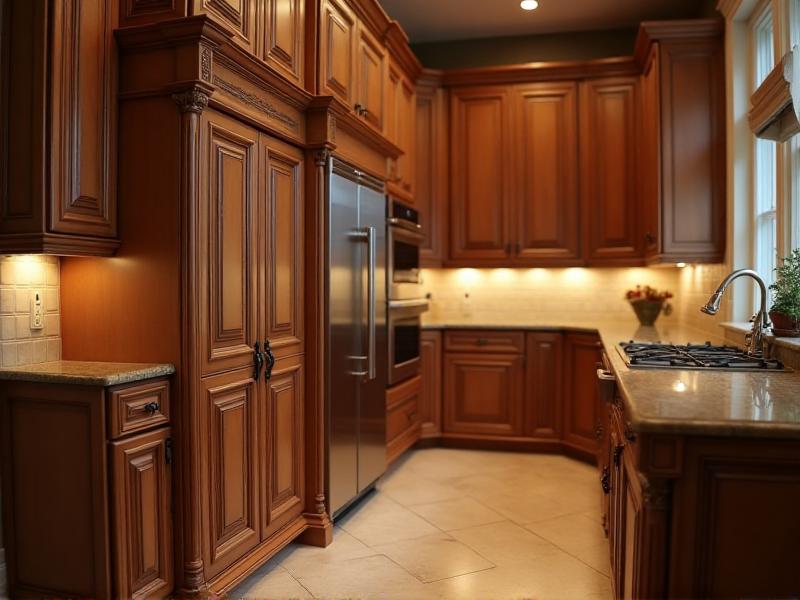
When choosing cabinets, you'll need to decide between custom, semi-custom, and stock options. Custom cabinets are built to your exact specifications, offering the highest level of personalization but at a higher cost. Semi-custom cabinets provide some flexibility in terms of size and design, making them a middle-ground option. Stock cabinets are pre-made and come in standard sizes, making them the most affordable and quickest to install. Your choice will depend on your budget, timeline, and how much customization you require.
Eco-Friendly Cabinet Options

For those who prioritize sustainability, eco-friendly cabinet options are becoming increasingly popular. Look for cabinets made from reclaimed wood, bamboo, or FSC-certified materials. Low-VOC (volatile organic compound) finishes and adhesives are also important considerations for reducing environmental impact. Many manufacturers now offer green cabinet lines that combine style with eco-conscious practices. By choosing sustainable options, you can create a beautiful kitchen that aligns with your values.
Budgeting for Your Kitchen Cabinets
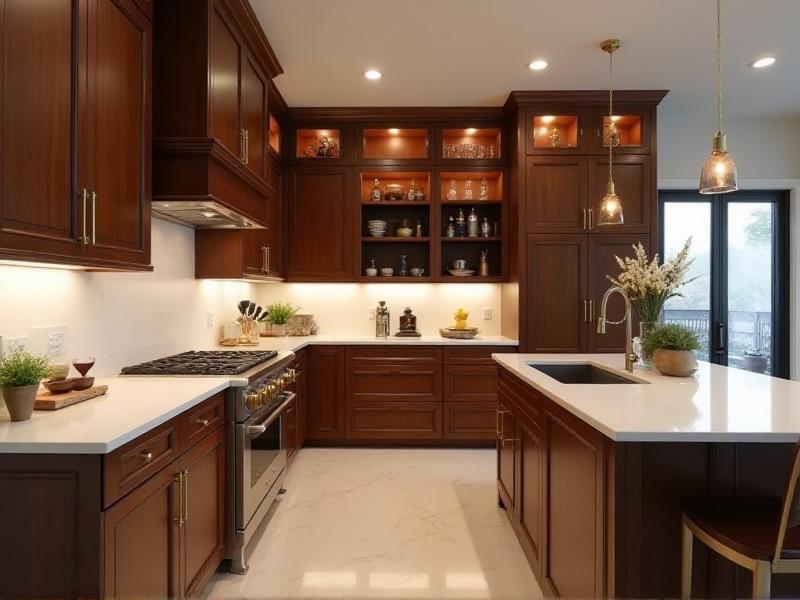
Kitchen cabinets can be a significant investment, so it's essential to set a realistic budget. Factors that influence cost include materials, construction, size, and customization. On average, cabinets account for about 30-40% of a kitchen renovation budget. To save money, consider mixing high-end and budget-friendly options, such as using solid wood for visible areas and plywood for less noticeable sections. Don't forget to account for installation costs, which can vary depending on the complexity of the project. Planning ahead will help you stay within budget while achieving the kitchen of your dreams.
Maintenance and Care Tips
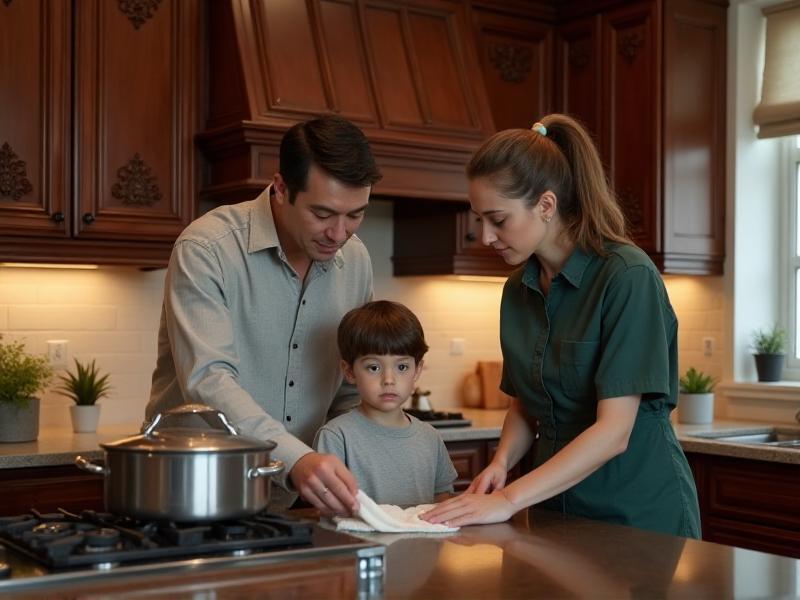
Proper maintenance is key to keeping your kitchen cabinets looking their best for years to come. Regular cleaning with a soft cloth and mild detergent can prevent dirt and grime buildup. Avoid using harsh chemicals or abrasive materials that could damage the finish. For wood cabinets, periodic polishing can help maintain their luster. If you have painted cabinets, touch up any chips or scratches promptly to prevent further damage. Additionally, ensure that hinges and hardware are tightened regularly to keep doors and drawers functioning smoothly. With a little care, your cabinets can remain a beautiful and functional part of your kitchen.
Frequently Asked Questions
Q: What is the most durable material for kitchen cabinets?
A: Solid wood and plywood are among the most durable materials for kitchen cabinets. They offer excellent strength and longevity, though solid wood tends to be more expensive.
Q: Can I mix different cabinet styles in my kitchen?
A: Yes, mixing cabinet styles can create a unique and personalized look. For example, you might pair Shaker-style base cabinets with glass-front upper cabinets for a balanced aesthetic.
Q: How do I choose the right cabinet color?
A: Consider the overall color scheme of your kitchen, including countertops, backsplash, and flooring. Neutral colors like white, gray, and beige are timeless, while bold colors can make a statement.
Q: Are eco-friendly cabinets more expensive?
A: Eco-friendly cabinets can be more expensive upfront, but they often provide long-term savings through durability and energy efficiency. Additionally, many homeowners find the environmental benefits worth the investment.

